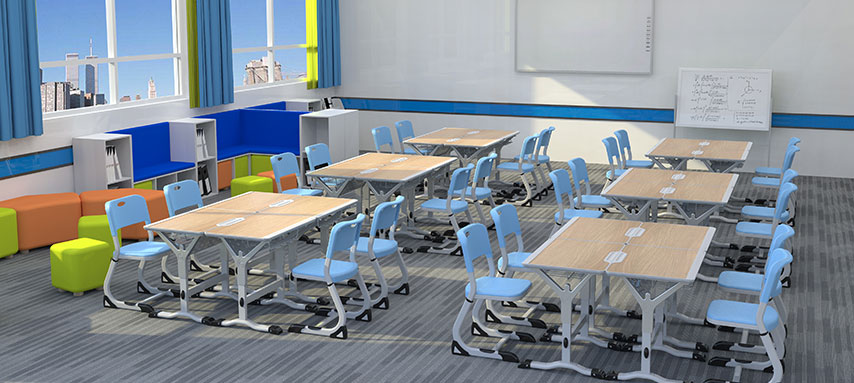The global commercial furniture market is projected to grow at a CAGR of 5.1% from 2023 to 2030. The growth of the market is being driven by a number of factors, including:
- Increasing demand for comfortable and efficient office environments: As businesses look to improve the productivity and well-being of their employees, they are increasingly investing in comfortable and efficient office furniture. This includes furniture that is ergonomic, adjustable, and stylish.
- Growth of the remote working market: The rise of remote working has led to an increased demand for furniture that can be used in both home and office settings. This includes furniture that is comfortable, versatile, and easy to move.
- Growing popularity of sustainable furniture: Businesses are increasingly looking for ways to reduce their environmental impact. This has led to a growing demand for sustainable furniture, which is made from recycled materials or renewable resources.
The global commercial furniture market is segmented by product type, end-user, and region. By product type, the market is segmented into seating furniture, tables, storage furniture, and other furniture. Seating furniture is the largest segment of the market, accounting for a share of over 30% in 2022. This is due to the fact that seating furniture is essential for any office environment. Tables are the second largest segment, accounting for a share of over 25% of the market. Storage furniture is the third largest segment, accounting for a share of over 20% of the market. Other furniture includes items such as desks, chairs, and lamps.
By end-user, the market is segmented into corporate offices, education institutions, healthcare facilities, and others. Corporate offices are the largest end-user segment, accounting for a share of over 40% of the market in 2022. This is due to the fact that corporate offices have a large number of employees who need to be comfortable and productive. Education institutions are the second largest end-user segment, accounting for a share of over 20% of the market. Healthcare facilities are the third largest end-user segment, accounting for a share of over 15% of the market. Others include hotels, restaurants, and retail stores.
The global commercial furniture market is dominated by a few major players, including Herman Miller, Steelcase, Haworth, and Knoll. These companies have a strong brand reputation and a wide range of products to offer. They also have a strong distribution network, which allows them to reach a wide range of customers.
The global commercial furniture market is expected to continue to grow in the coming years. The growth of the market will be driven by the factors mentioned above, as well as the growing demand for furniture in emerging economies such as China and India.
Here are some of the key trends that are expected to shape the global commercial furniture market in the coming years:
- Increasing focus on sustainability: Businesses are increasingly looking for ways to reduce their environmental impact. This is leading to a growing demand for sustainable furniture, which is made from recycled materials or renewable resources.
- Rise of the Internet of Things (IoT): The IoT is revolutionizing the furniture industry. IoT-enabled furniture can be connected to a network and controlled remotely. This allows businesses to monitor the use of furniture and make adjustments as needed.
- Personalization: Businesses are increasingly looking for ways to personalize their office environments. This is leading to a growing demand for furniture that can be customized to meet the specific needs of the business.
- Growth of the co-working space market: The co-working space market is growing rapidly. This is leading to an increased demand for furniture that is designed for shared spaces.
The global commercial furniture market is a dynamic and growing market. The factors mentioned above are expected to drive the growth of the market in the coming years. Businesses that are looking to invest in commercial furniture should keep these trends in mind.






Leave A Comment